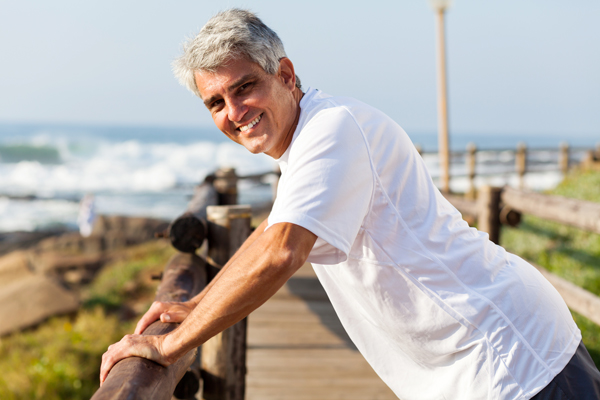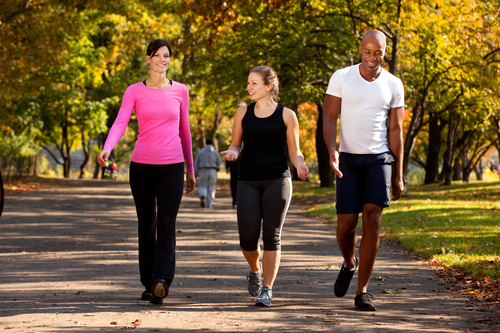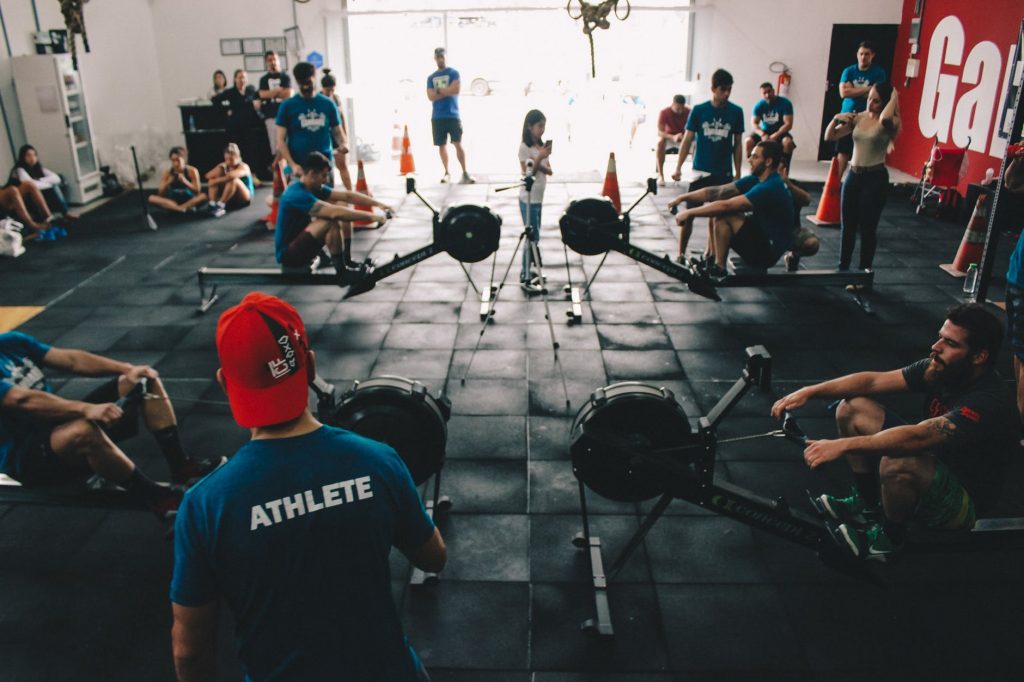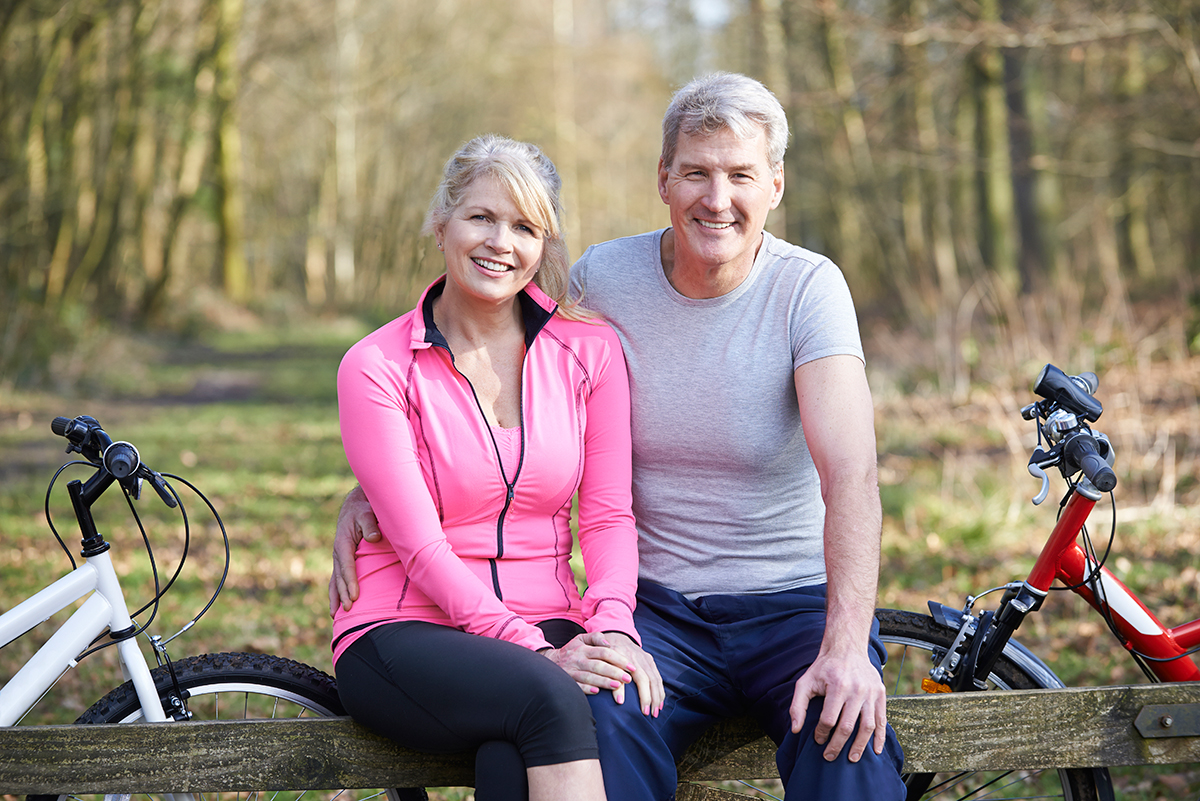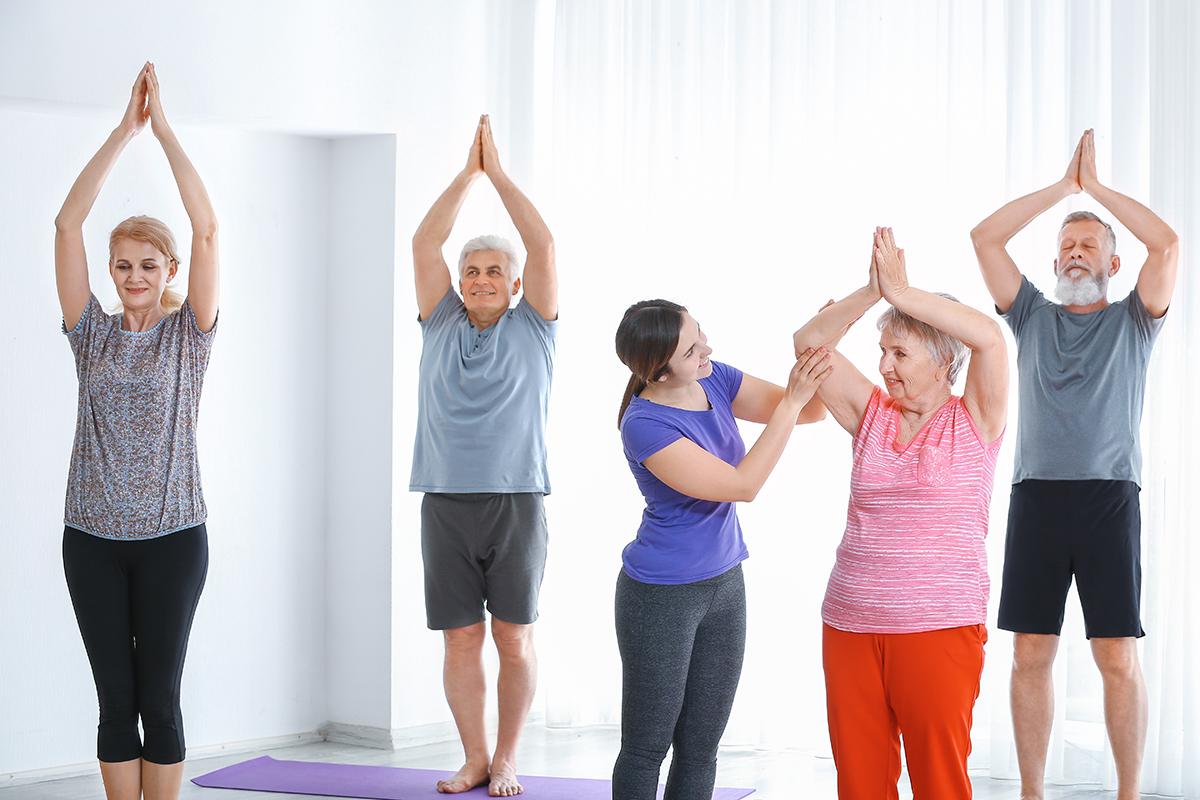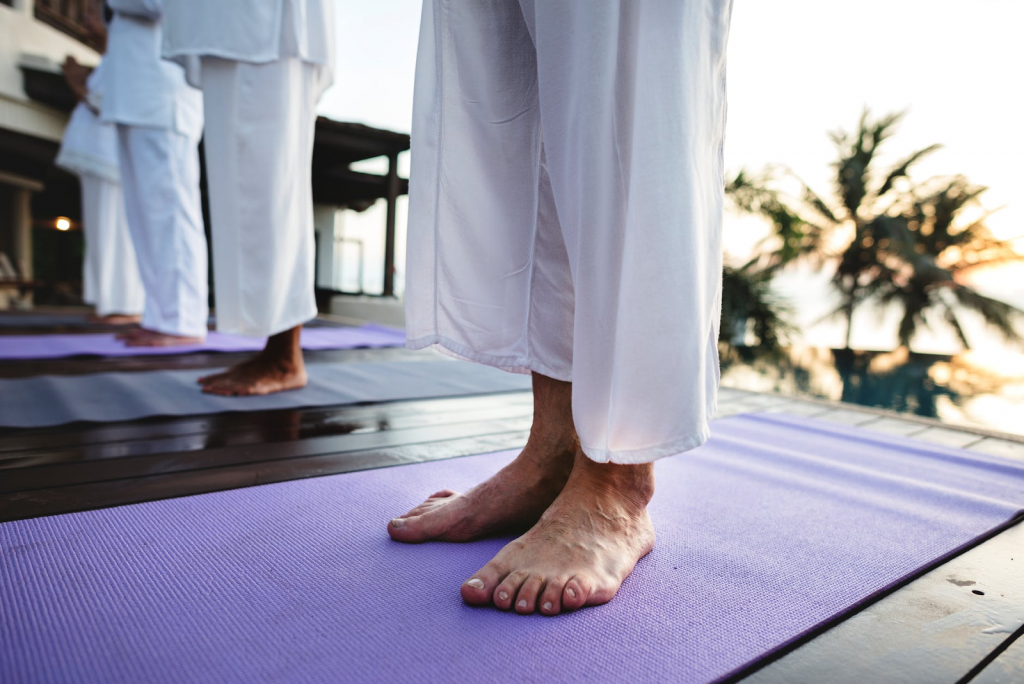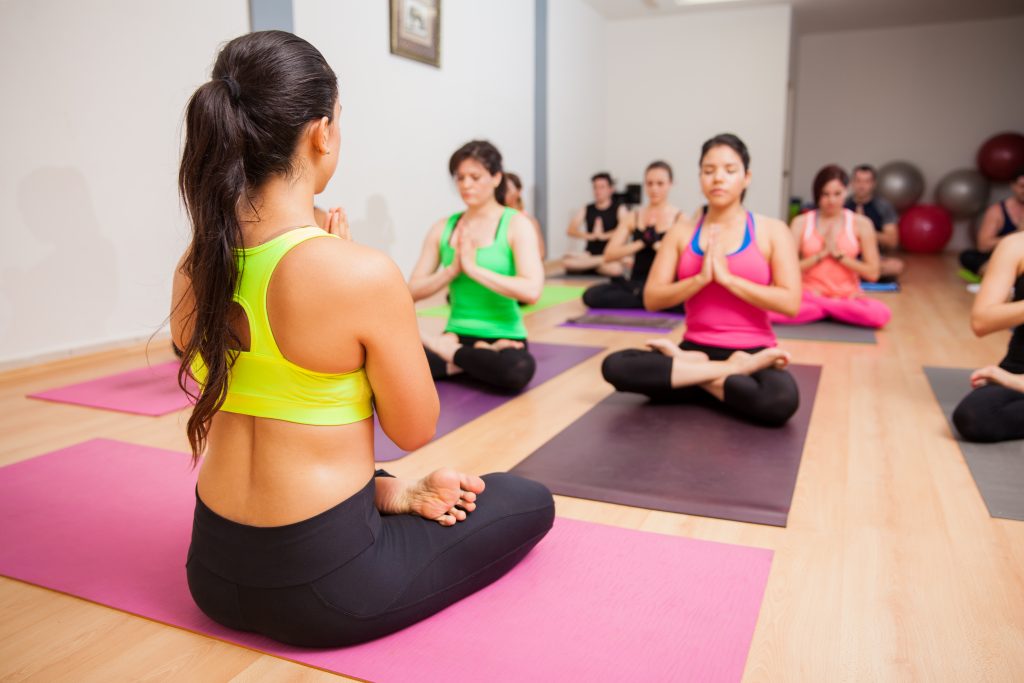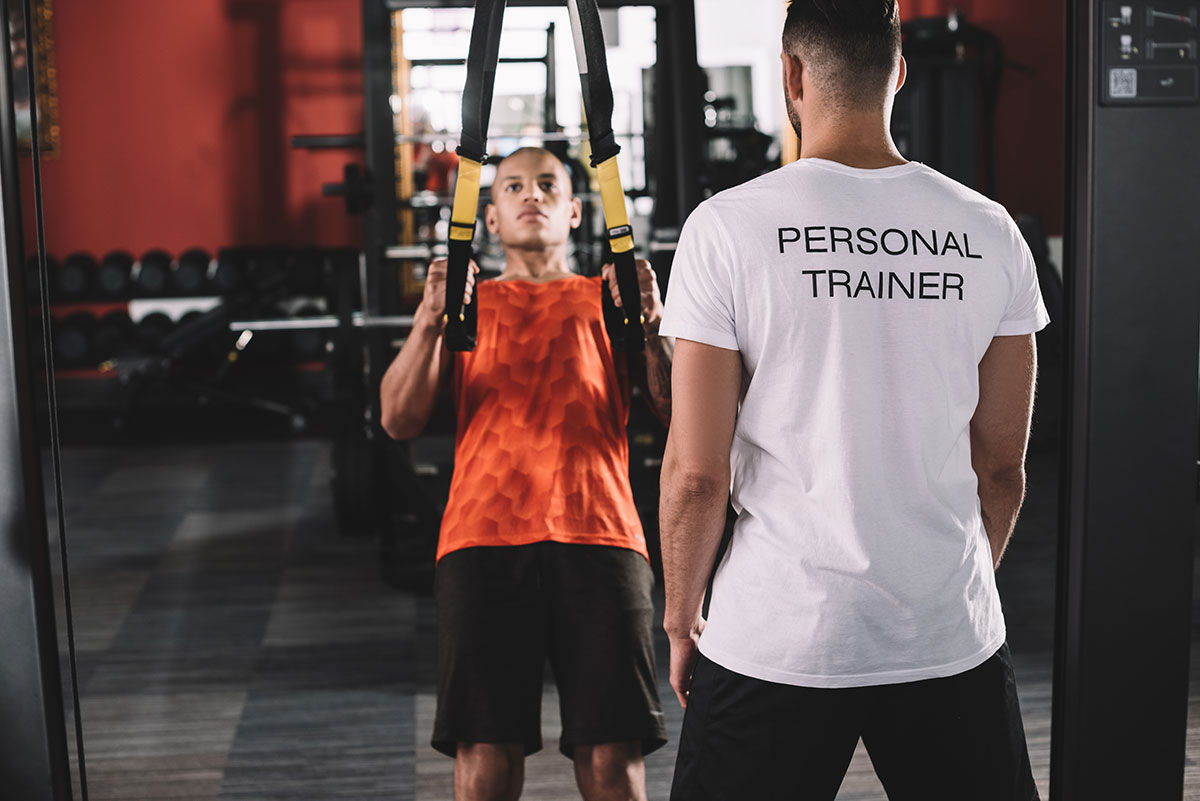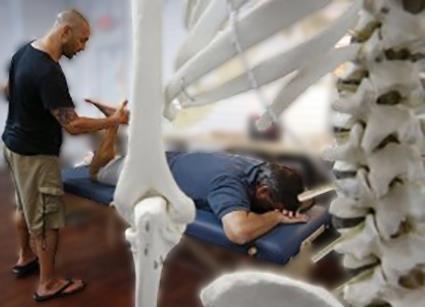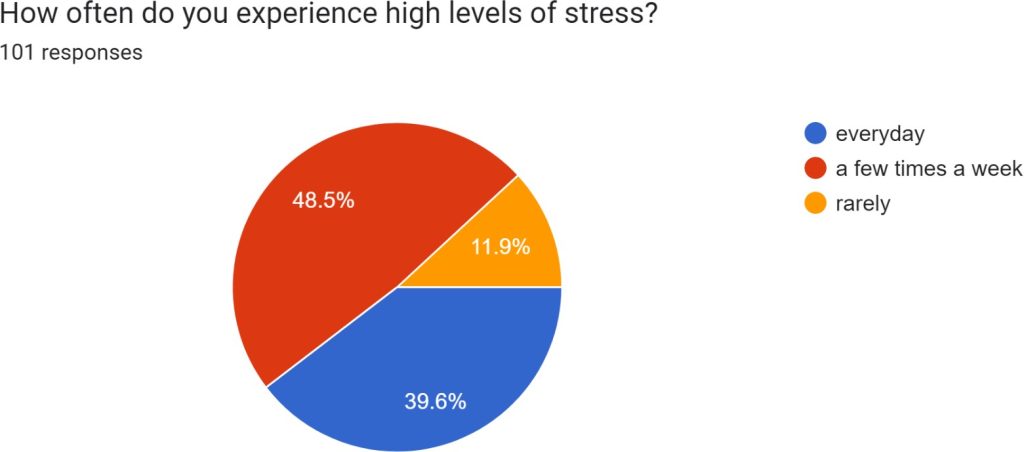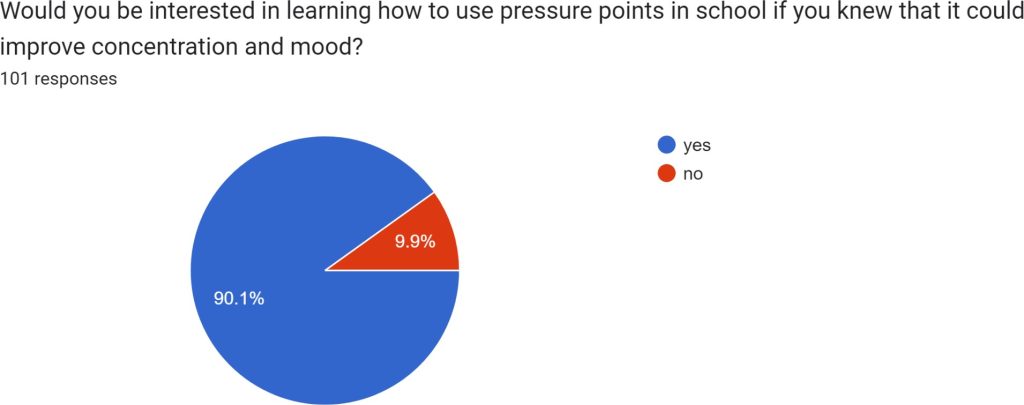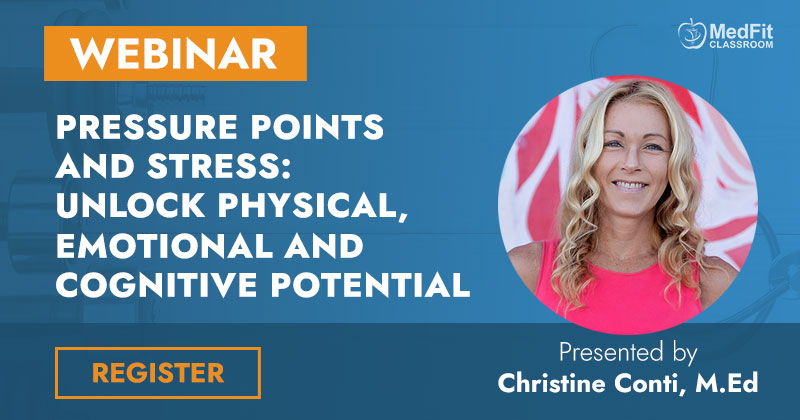Taking it Slow. Not Every Fitness Goal Needs to Be Fast and Hard.
Go big or go home? We all want to see fantastic results from our hard work and dedication to any fitness program. If we maintain nutrition, eat well and work as hard as we can, we are going to see results: that is inevitable. But, do we have to train as hard as possible each and every time we workout, each and every day? Sure, we fit in a rest day, but what else can we do to make sure we are restoring our bodies and minds?
Fitness goals are most easily reached when they are part of every aspect of our lifestyle and not compartmentalized into a few hours of the day. We have limited energy sources no matter how healthy we are, so it is important to maintain awareness about how each of our decisions & actions influence our wellness and choose accordingly.

From a physical aspect, we can slow down some of our workouts to build strength. This works in a variety of ways. By increasing resistance, continuing muscle exertion over a period of time and working muscles beyond the support of initial momentum, strength can be gained, even with relatively light weights or by using the weight of the body alone. This can be true of some weight training programs and is something you can discuss adding to your fitness routines with a certified personal trainer. It is also one of the key elements of building strength through yoga practice and asanas (yoga postures). An additional consideration from a holistic health perspective is the effects of the stress hormone cortisol on weight loss. By taking part in calming physical activities such as restorative, gentle, yin and meditative yoga practices, it is possible to reduce stress, allowing the body to shed weight, heal and be at top capacity for more intensive strength and cardio training when you are working with your personal trainer or in other group fitness programs. By taking time to slow down, you can actually optimize performance and fitness results.
Nourishing your mind can also come in handy, as a way to promote your health when you are not busy exercising or working. Take time to read, learn, talk with fitness experts, organize your time and plan your meals. A wealth of free information is available online to support you in your fitness goals. Blogs with entries from personal trainers and other fitness experts are a great place to start, like the MedFit Network blog. Many personal trainer certification organizations (like ISSA or ACE) also maintain blogs with a variety of advice for personal trainers and fitness enthusiasts. You may also get inspired and decide to take your fitness goals one step further. Once you get involved learning more about fitness, biomechanics and how amazingly capable your body is, you may even get inspired to become a personal trainer or group fitness instructor yourself!
No matter where you are at in your fitness journey, don’t forget to take some time for yourself. Slow down sometimes to speed up your progress!
John Platero is the founder of National Council of Certified Personal Trainers (NCCPT), which has certified thousands of personal trainers both nationally and internationally.
Article reprinted with permission from John Platero.


